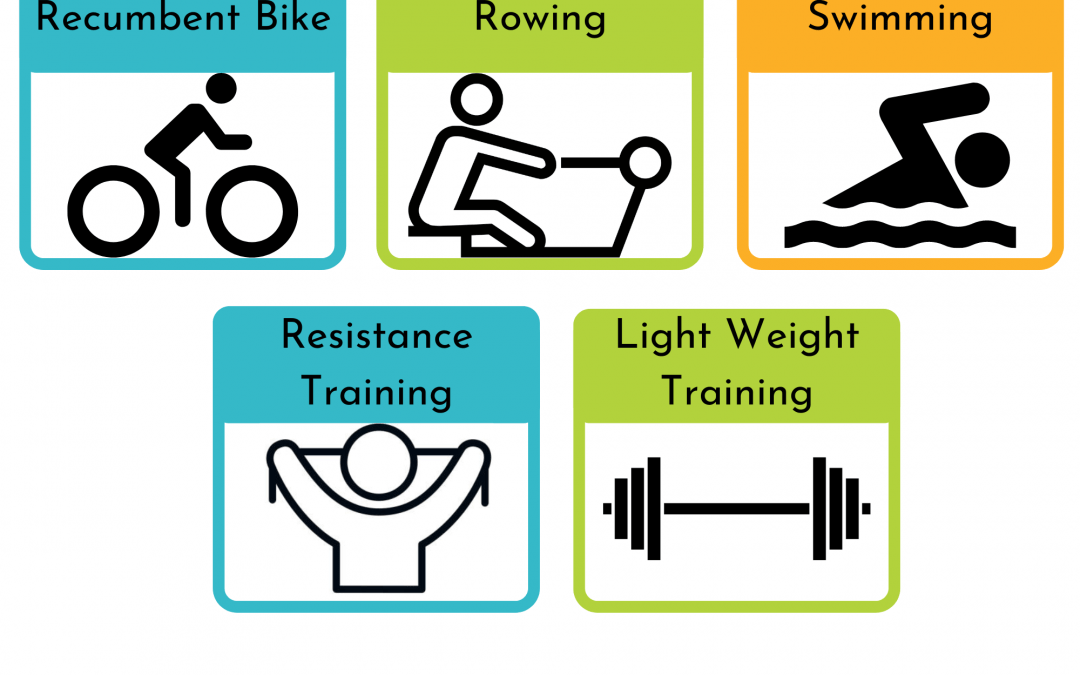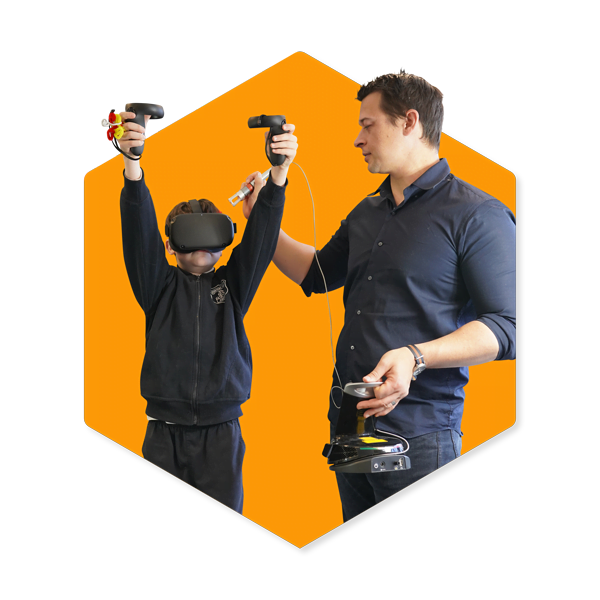Overview of primitive reflexes
The link between retained primitive reflexes and brain development was developed by Dr. Robert Melillo. At Brain and Body Health we are one of the few clinics in NSW with certification in the Melillo Method
Primitive reflex movements are automatic movements that require no thought. They give the baby the instinct to breathe, to feed when hungry, to squirm and cry when uncomfortable, to coo when cuddled. As the brain gets larger and more connections form, higher levels of brain function are ready to come into play. At this point, primitive reflexes, for the most part, are no longer necessary, so the brain inhibits them, allowing for more complex motor reflexes, known as postural reflexes to emerge. Primitive reflexes never completely disappear but come under the control of the brain. If a child does not move enough to stimulate the genes to build the brain, these reflexes will not become inhibited.
Each primitive reflex has its own essential purpose for normal development in children. The following depicts the list of primitive reflexes present in infants and the time in which they integrate:
Link between Moro Reflex and fight or flight response
If the Moro reflex fails to integrate, the child may exhibit sensitivity to sounds, the heat, touch, and visual and audio input. The Moro reflex is more heightened than the startle reflex in adults and can cause the child to experience issues at school.
The Moro reflex causes the fight or flight response to constantly be activated and this alters the child to respond through instinct and survival. If the Moro reflex fails to integrate, a child may exhibit the following:
- Heightened state of awareness; always ‘on edge’
- Anxiety
- Startle reaction is exaggerated
- Motion sickness
- Hyperactivity
- Poor impulse control
- Poor coordination
- Poor sequencing and memory
- Poor concentration skills
- Significant mood swings
- Poor eye movement
- Difficulty ignoring background noise
Testing for the Moro Reflex in children
Testing for the presence of the Moro Reflex is important in distinguishing the cause of a child’s balance and coordination issues, heightened anxiety and behavioural issues. Have the child lift their arms straight out on each side of their body. Then instruct the child to alternate between balancing on each foot. If the child wobbles or falls over it could be a sign that the Moro reflex failed to integrate.The next test involves having the child cross one foot in front of the other and lift their arms above their head. Then instruct the child to reach their arms down to touch their toes. If the child wobbles and displays poor balance, the Moro reflex may be retained. The third test involves standing behind the child whilst they close their eyes and stand straight with their hands crossed over their chest. Instruct the child to fall backward into your arms. If the child’s arms flail around this is a sign they have a retained Moro reflex. While the child has their eyes closed, click your fingers close to their ears. If the noise startles them, this is another sign that the Moro reflex is present.


